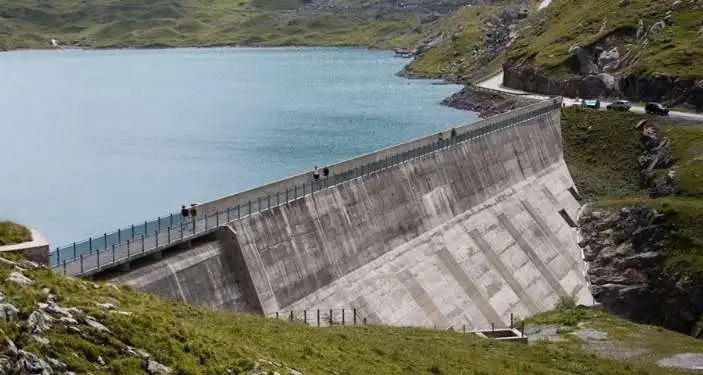Tunisia’s water situation remains worrying. According to the latest data announced on Friday by the Secretary of State responsible for the water resources, Hamadi Habaieb, the rate of filling of the dams amounts to only 40.2% on May 15, 2025. The water reserves reach 952 million cubic meters.
This level remains insufficient to meet the growing needs of the country, in particular in a context of water stress aggravated by climate change and irregular precipitation, although improvements have been observed recently.
This level recorded on May 15 represents an increase compared to the previous year. Indeed, on May 24, 2024, the filling rate was 33.5%, with reserves of 785.3 million m³. This increase is attributed to the precipitation which occurred in the spring of 2025, which allowed a significant improvement in water levels in the dams.
However, despite this increase, the current reserves remain below the levels recorded in previous years. For example, in 2020, the filling rate had reached 63.6%, and in 2019, it was 77%. This downward trend over several years highlights the persistent challenges linked to the management of water resources in Tunisia.
The regional distribution of reserves also shows disparities. The dams in the north of the country concentrate the majority of water resources, with a filling rate of 45%. On the other hand, the center and CAP-Bon regions have lower filling rates.
This announcement of the Secretary of State for the Water Resources intervenes on the sidelines of an international workshop on ecohydrology, organized in Carthage by the National Institute of Sciences and Technology of the Sea (INSTM), bringing together scientists and experts to discuss sustainable water management.
The question of the filling of dams is at the heart of the country’s strategic issues, between water safety, agriculture and domestic needs.








